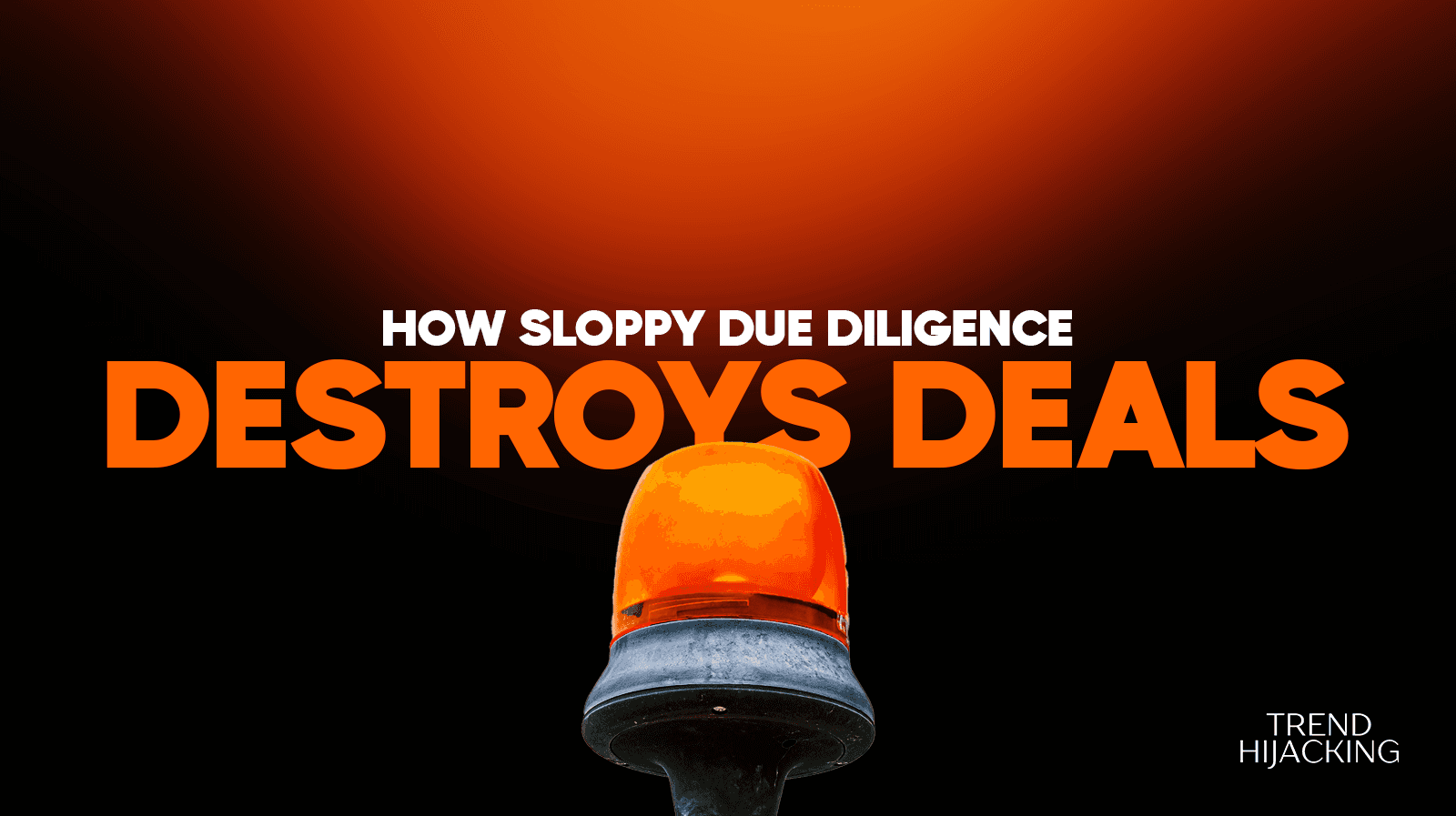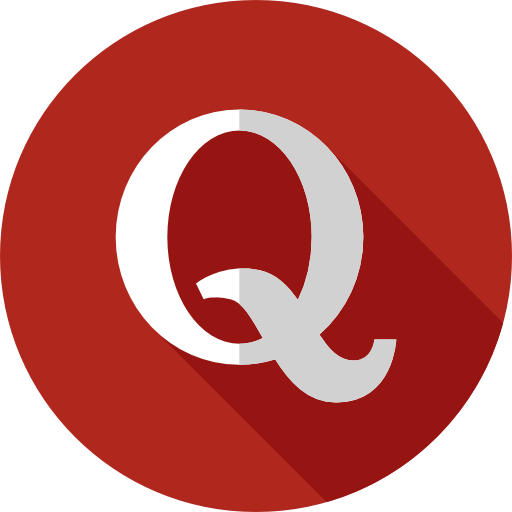8 Must-Have Email Flows For Your Shopify Store
#1: Welcome Flow

The welcome flow refers to an automated sequence of welcome emails sent to a new subscriber or user.
The welcome email, as the name implies, is an email new customers, users, or subscribers in general receive upon newly entering an email list.
The welcome email is a big deal and is something almost every brand and business with a newsletter has.
In it, you can communicate with the customer what they should expect from your brand and heck even show them your product(s).
Stats have it that welcome emails have a staggering 91.43% Open rate, an 86% lift in unique open rate, and a 42% higher read rate than other emails.
This, alongside other stats, proves that having a welcome flow set up is vital.
These stats also prove that customers(or new subscribers) expect to be sent a welcome email and are more likely to open it upon receiving it.
So do well to get this flow set up for your store and reap the profits.
We Help You Buy / Build, Manage and Scale E-commerce Brands for an EXIT
E-commerce Simplified for Busy Individuals – We handle the buying, building, and scaling, so you can focus on what matters.
Growth-Focused Strategies – From sourcing to marketing, we drive growth and prepare you for a profitable exit.
Expertly Managed Exits – We build a high-value brand designed for a Lucrative exit.
#2: Cart Abandonment

If a customer adds a product to their cart and leaves it unattended (doesn’t proceed to checkout), their cart is said to be abandoned.
Most eCom email marketing software like Klaviyo can track on-site activities and gather profile activity — provided your store is integrated properly.
Such customers who abandon their cart are automatically added to this flow to receive a sequence of emails.
These emails — abandoned cart emails — usually give customers a gentle reminder to complete the checkout process and later down in the flow might offer a discount on the product they abandoned.
This flow is on my list of must-have email flows because:
Most users come to your store likely through a social media ad, and social media as a traffic source has a 91% cart abandonment rate! Pretty bad.
Website errors, something we can’t control at times, lead 13% of people to abandon carts.
Hopefully, this is enough reason to make you set this up in your store.
Do note that these emails can only be sent to customers who opted in to receive your emails.
#3: Browse Abandonment

When a customer visits your store and views your product(s) but doesn’t make a purchase, that triggers the browse abandonment flow.
You could look at browse abandonment emails as a way to encourage customers to purchase the product they were viewing.
I put them on this list because:
They have a conversion rate of about 0.96% compared to the 0.1% rate of average emails.
They are good at grabbing customer’s interest as they usually have a high open rate.
Just like every other email we’ll talk about, these emails can only be sent to customers who opted in to receive your emails.
#4: Abandoned Checkout

This is a flow set up for customers who were at the point of checkout but for one reason or the other couldn’t complete the checkout process.
This is usually confused with cart abandonment, but the difference is that customers are eligible for cart abandonment if they did NOT start checkout.
This, however, is when the customer initiated checkout but abandoned the process.
The purpose of this email is to get customers to continue checkout and avoid lost sales.
As you can already imagine, this flow is highly profitable as it is easier to get customers who initiated checkout to finish than it is to get them to start in the first place.
A single reason out of many for this being on this list is this: things like Website crashes — something that is out of our control most times — lead 13% of shoppers to abandon their checkout.
If something like a website error leads 13% of people to abandon checkout, imagine what things like payment options and a lengthy checkout process would do.
Having this flow allows you to increase your conversion rate overall.
#5: Cross-sell Flow

This flow is triggered when a customer makes a purchase and the major purpose is to cross-sell — or even upsell — the customer.
A cross-sell flow would promote other products to the customer to encourage repeat purchases.
Basically, this flow aims to cross-sell the customer and increase the Customer’s Lifetime Value.
The cross-sell flow is also important as:
It can lead to a 20% increase in AOV when done right.
Companies with successful cross-selling techniques generate about 16% more in annual revenue.
Around 40% of all eCom revenue is driven by repeat sales — the same thing cross-selling aims for.
So get this flow set up on your store and implement proper cross-selling techniques to get your bit of these statistics.
We Help You Buy / Build, Manage and Scale E-commerce Brands for an EXIT
E-commerce Simplified for Busy Individuals – We handle the buying, building, and scaling, so you can focus on what matters.
Growth-Focused Strategies – From sourcing to marketing, we drive growth and prepare you for a profitable exit.
Expertly Managed Exits – We build a high-value brand designed for a Lucrative exit.
#6: Customer Thank-You

The customer thank you flow is triggered the instant a customer makes a purchase — a post-purchase flow.
The customer thank-you flow is important because believe it or not, customers usually have this sense of grief after making a purchase.
It is referred to as customer remorse, and having a thank-you flow that appreciates them for purchasing and backs their purchase with social proof helps get rid of the remorse.
Plus it also builds goodwill and helps retain customers with your brand.
Thank you emails are also great for upselling customers.
In case that’s not enough reason for you, here are some stats:
It costs 5 times more to attract a new customer than it does to retain an old one.
Customers who have the best experience with your brand spend 140% more compared to those who had bad experiences.
What’s a better way to build up customer experience than to follow up with them after their purchase?
So getting this flow set up in your store isn’t a bad idea.
#7: Win-back Flow

A win-back flow is a flow set up for customers who engaged with your brand in the past but have not interacted with the brand in a while.
Such customers are said to be lapsed.
It is essential for customer retention and lifecycle.
The flow is triggered when someone makes an order and remains inactive for a long period — could be up to 90 days.
These emails make customers feel important by letting them know that their absence was felt.
They also create this sense of urgency and offer them incentives like discounts and offers so they make a repeat purchase.
And in case the customer is completely uninterested in the brand, these emails make unsubscribing easy and clear — you don’t want unnecessary profiles in your list.
Get this flow set up, as it generally improves customer retention and LTV.
#8: Sunset Flow

A sunset flow aims at giving customers a last chance at being a subscriber.
It is usually confused with the win-back flow, but the key difference is that the win-back flow aims at re-engaging customers who have engaged in the past.
The Sunset Flow, however, aims to give customers who have been completely inactive — not engaged with your products or email for a long period — a chance to remain on your list.
This flow is most effective if a win-back flow is already set up.
It makes sure your list is clean by ridding it of inactive subscribers, making for more accurate analytics.
Conclusion
In this blog, we looked into the essentials — the importance of implementing 8 key email flows for massive results:
Welcome Flow: A powerful introduction, with high open rates, that creates a positive customer relationship.
Cart Abandonment: for addressing the instance that customers leave products in their cart.
Browse Abandonment: Encouraging customers who have shown interest by viewing your product page but have not made a purchase.
Abandoned Checkout: Focused on customers who initiated checkout but didn’t complete the process, offering a chance to recover potentially lost sales.
Cross-Sell Flow: for maximizing customer LTV by promoting additional products after a purchase.
Customer Thank-You: A post-purchase flow that gets rid of customer remorse, builds goodwill, and encourages repeat purchases.
Win-Back Flow: Targeting lapsed customers, re-engaging them through incentives, and improving customer retention.
Sunset Flow: Ensuring a clean and engaged subscriber list by giving inactive customers a final opportunity to remain connected.
Implementing these email flows not only betters customer experience but also contributes to increased conversion rates, customer retention, and overall business growth.
To take your store to the next level and get key strategies for reaching $10K/day in profits, click here to book a call with our team.
A Done-For-You E-commerce Business
Discover how we Build, Launch, and Scale a 6-figure/month Business for You
Learn more
The 6-Step Blueprint to E-Commerce Acquisition
See how we Acquire, Convert, and Scale with Real Case Studies to Prove It.





















